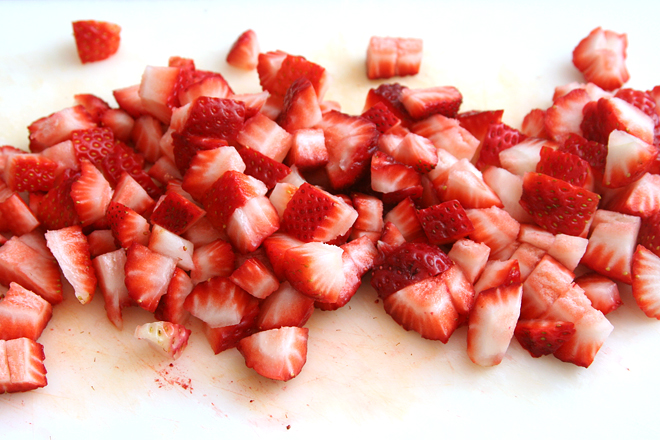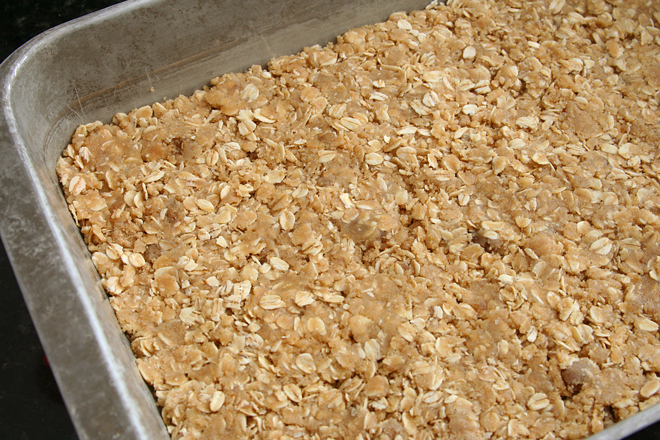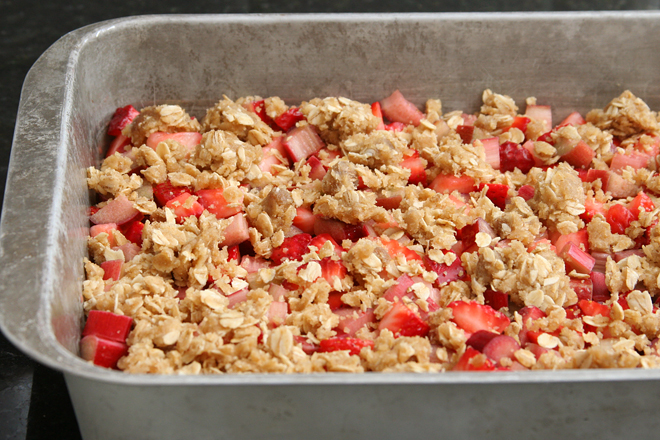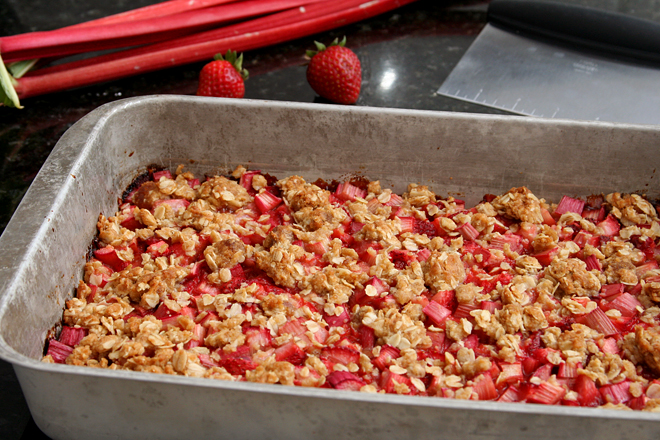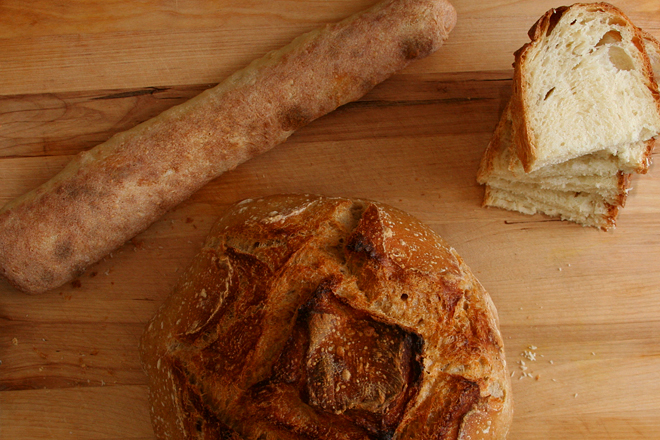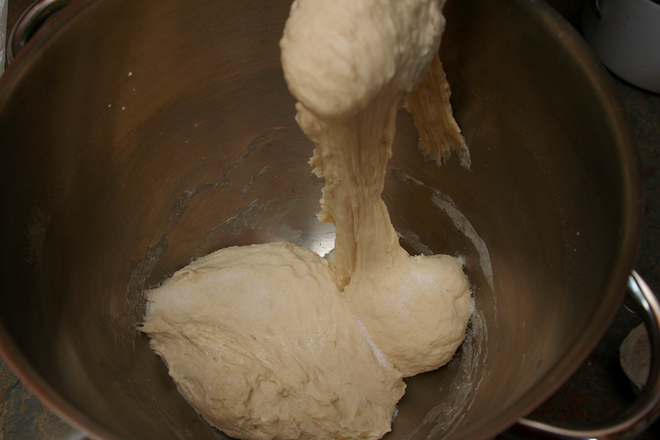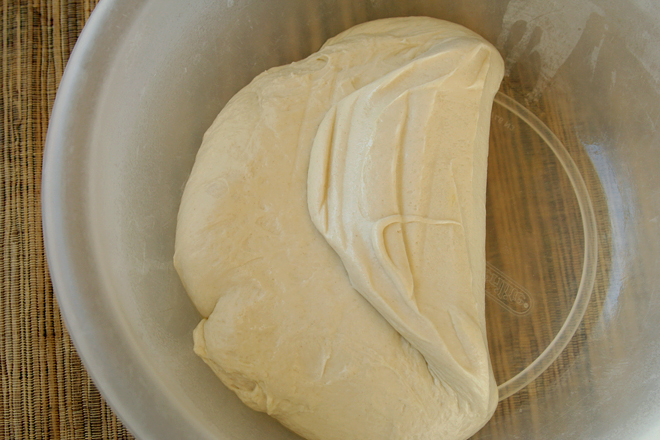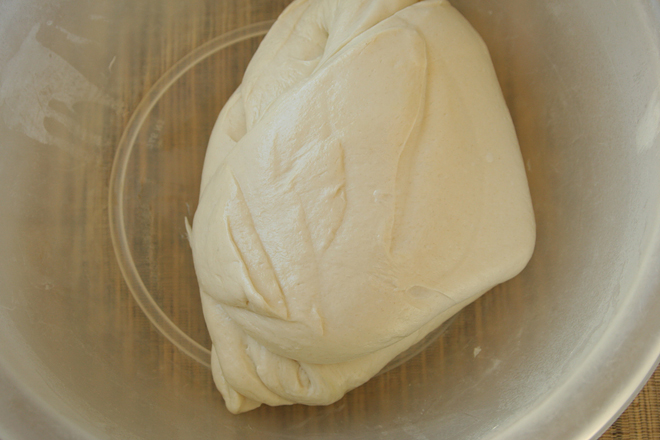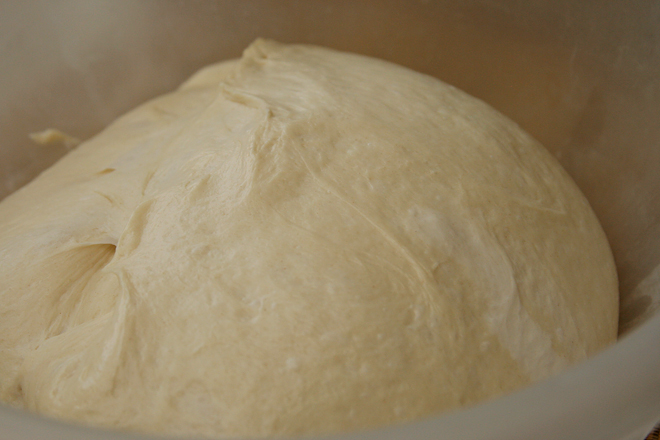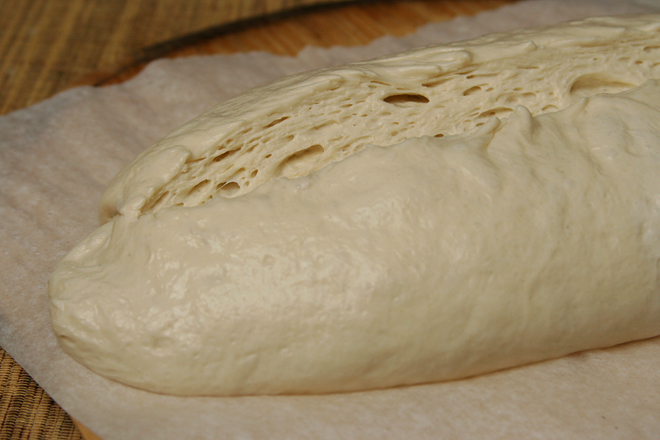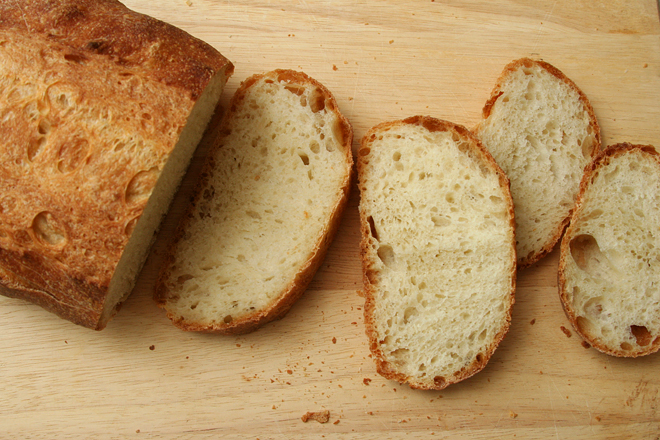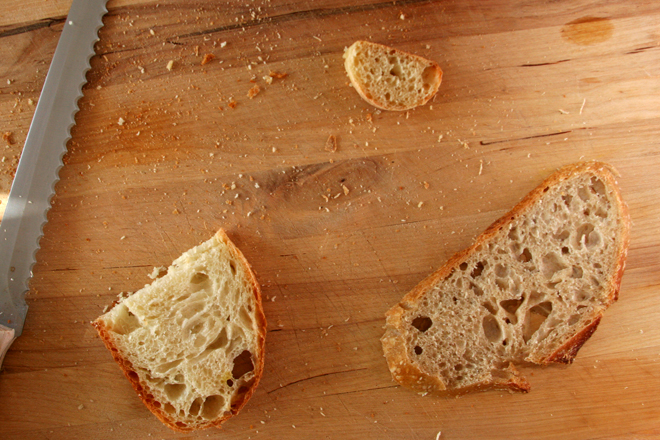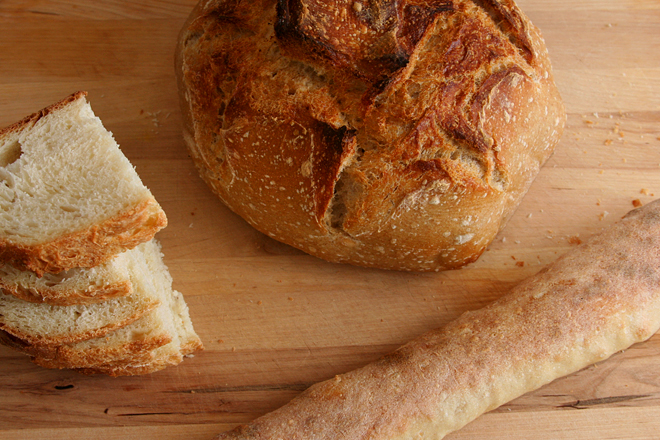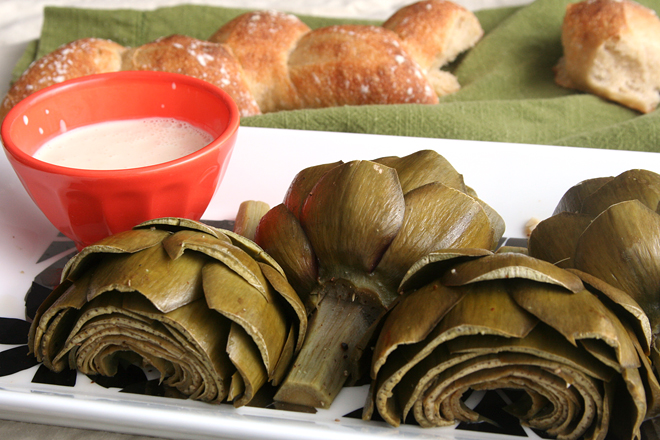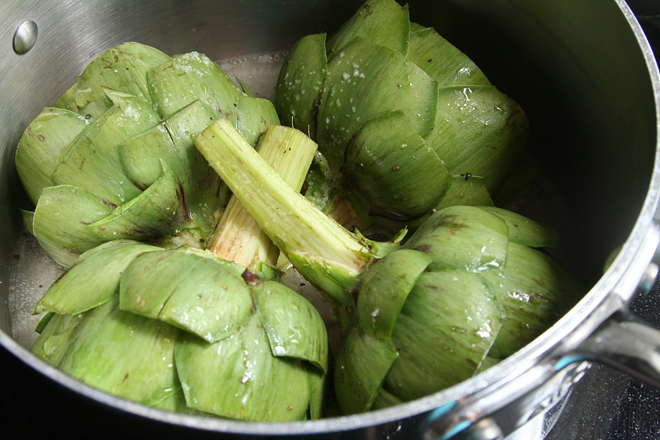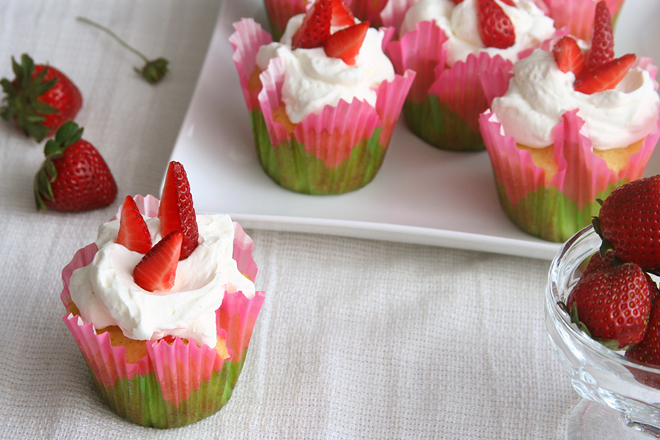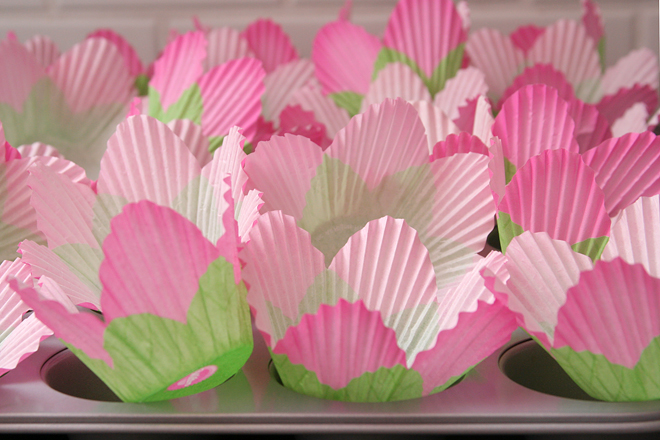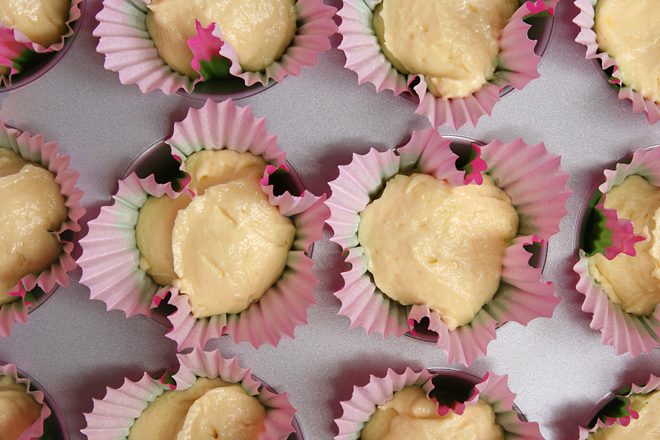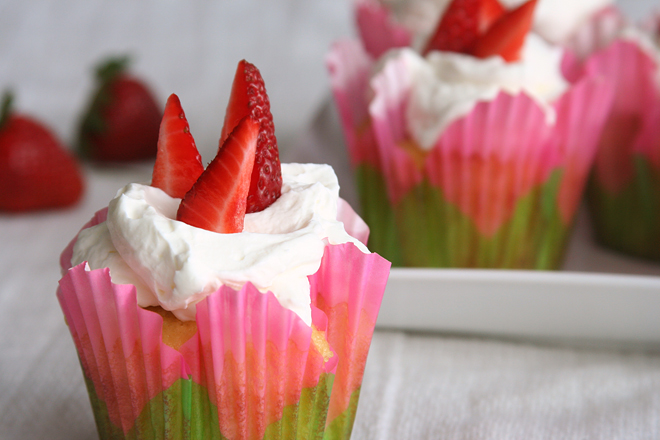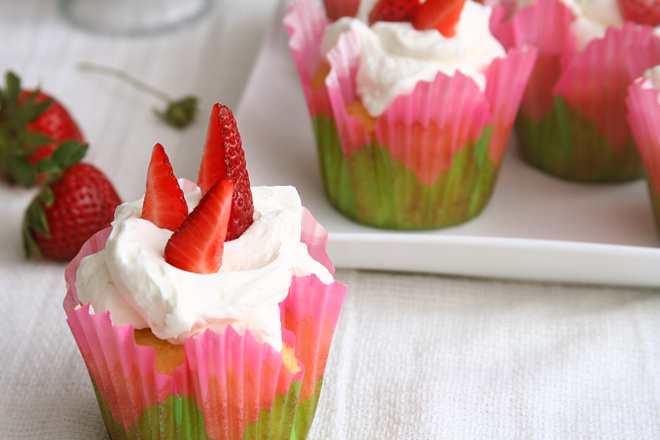I never make pies anymore. Most of what I bake is meant to be easily shared by a large crowd, either at work or at a party. That’s fine, but pies are fine too.
This was part of my annual frenzy to use rhubarb as much as possible during its short season. When the grocery store has it, I buy it, whether I have a plan for it or not. That’s easy when you have a bunch of coworkers who will eat anything – preferably anything handheld, easy to grab along with a cup of coffee.
Until I find a small gathering – with plates and even forks – to make a pie for, these bars are a good stand in. The balance of tart, juicy fruit to buttery flour is spot on, and although the crispness isn’t like a flaky pie crust, the oaty crunch is a good stand-in. Best of all, I actually had an opportunity to share them, unlike a silverware-demanding pie.
Printer Friendly Recipe
Strawberry Rhubarb Crisp Bars (adapted from Yvonne Rupert’s One Bowl Baking via Smitten Kitchen)
Makes 9 to 16 bars
I un-one bowled this. I’m spoiled by my dishwasher and would rather mix things conveniently than use less dishes.
1 cup (80 grams) rolled oats
¾ cup (95 grams) all-purpose flour
½ cup (95 grams) light brown sugar
¼ teaspoon table salt
6 tablespoons unsalted butter, melted
1 cup (125 grams) small-diced rhubarb (from about 1½ medium stalks)
1 cup (155 grams) small-diced strawberries
1 tablespoon granulated sugar, divided
1 tablespoon lemon juice
1 teaspoon cornstarch
Powdered sugar, for decoration, if desired
1. Heat oven to 375 degrees. Spray an 8-by-8 inch square pan with cooking spray.
2. In a medium bowl, mix the oats, flour, brown sugar, and salt. Add the butter and stir until clumps form. Set aside ½ cup of the crumble mixture and press the rest of the crumb mixture evenly in the bottom of the prepared pan.
3. In a medium bowl (you could even use the same bowl; see, one less dish to wash!), combine the rhubarb, strawberries, granulated sugar, lemon juice, and cornstarch. Evenly distribute the fruit over the crust, then scatter the reserved crumbs over the fruit.
4. Bake the bars until the fruit is bubbling and the crisp portion is golden, 30 to 40 minutes. Cool completely before serving.

